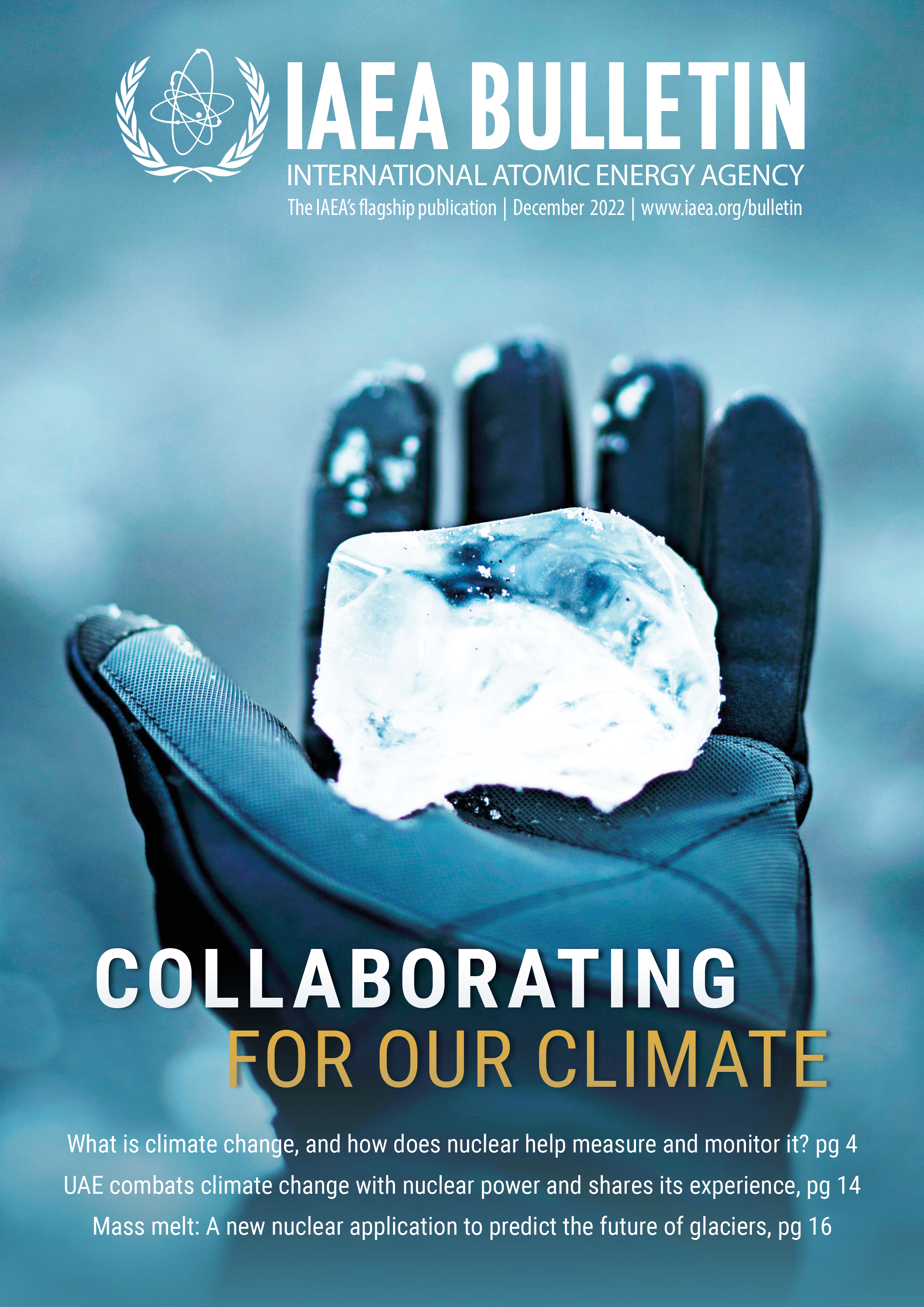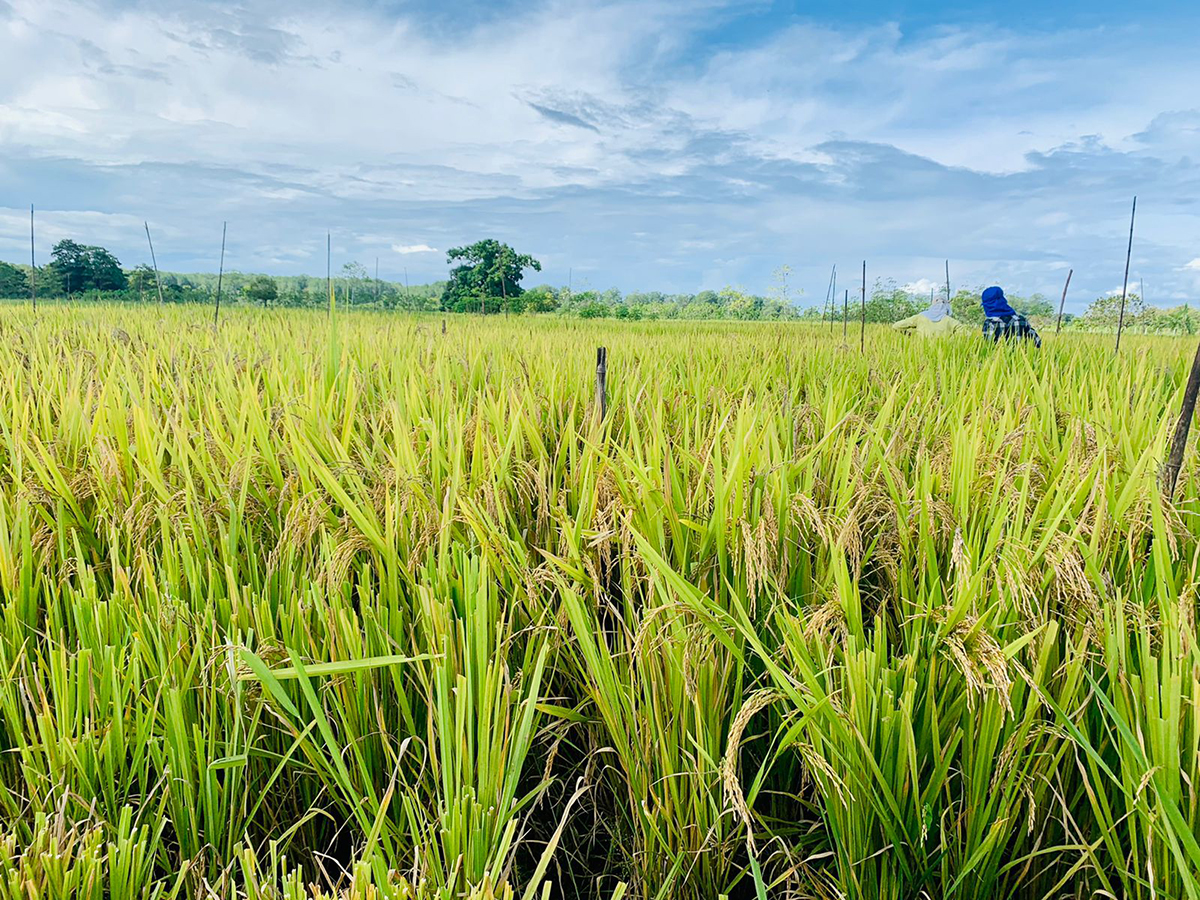“A plant needs seventeen types of nutrients, the most important of which is nitrogen,” said Mohammed Zaman, a soil scientist at the Joint FAO/IAEA Centre of Nuclear Techniques in Food and Agriculture. Zaman supports the work of the Costa Rican researchers: “It’s traditional that farmers use nitrogen fertilizers to improve their crops. However, they may be adding more nitrogen than what a plant can absorb. This not only generates extra emissions of nitrous oxide, but also makes the plant less productive and impacts farmers’ income.”
CONARROZ and CICA are using isotopic techniques to find out precisely how much fertilizer is needed to optimize rice, when exactly to apply the fertilizer during the rice’s life cycle and the ideal chemical composition of fertilizer for rice.
“We’re looking to find a fertilizer combination that will maximize plant productivity while keeping nitrous oxide and ammonia emissions to a minimum,” said Ana Gabriela Pérez Castillo, a researcher at CICA. She said her country needs reliable data on its emissions and that it needs to be able to gather such data by itself. In this connection, she is conducting experiments using the nitrogen-15 isotope technique to trace the movement and origin of nitrous oxide emissions and determine whether they are produced from nitrogen in fertilizers or the soil.
“The data from our experiments will help us and the IAEA produce precise and easy-to-understand instructions for farmers — teaching them that limiting fertilizer use is not only good for the environment, but also for the productivity of their own crops,”
said Pérez.
Pérez and other researchers at CICA have long employed the nitrogen-15 isotope technique in their efforts to study how to mitigate GHG emissions in agriculture. For this work and many other activities related to the environment, CICA has been an IAEA Collaborating Centre since 2006.
As an IAEA Collaborating Centre, CICA has been transferring its knowledge and expertise on nuclear and isotopic technologies to researchers and experts from other countries. Through its designation with the IAEA, CICA has trained more than 2000 scientists and experts in the region through missions, workshops, e-learning initiatives and webinars on topics related to climate change.
“Thanks to the course, I learned how to measure the carbon footprint of agriculture, particularly of rice production,” said Randall Chavarría Rojas, Regional Coordinator of CONARROZ, who took an e-learning course on carbon capture in soil. “It also helped me understand the impact of human activities on global warming, and taught me which actions I can undertake as a rice producer to mitigate the negative impacts on the environment.”
As a pioneer of Spanish e-learning courses on isotopic techniques for the environment in Latin America, last year CICA’s contract as an IAEA Collaborating Centre was renewed up to 2025. Over the coming years, CICA and the IAEA will continue to implement e-learning activities and four technical cooperation projects in areas related to climate-smart agriculture, GHG measurement and monitoring, and the use of biochar — a black residue made of carbon and ashes that can be used to increase soil fertility and crop production and to sequester carbon from the atmosphere.

